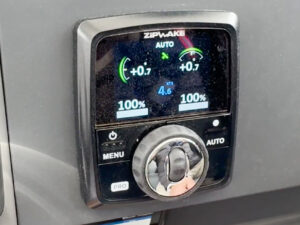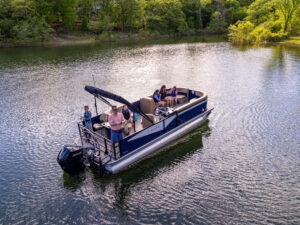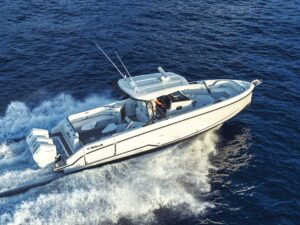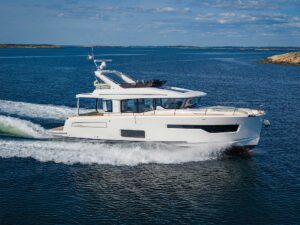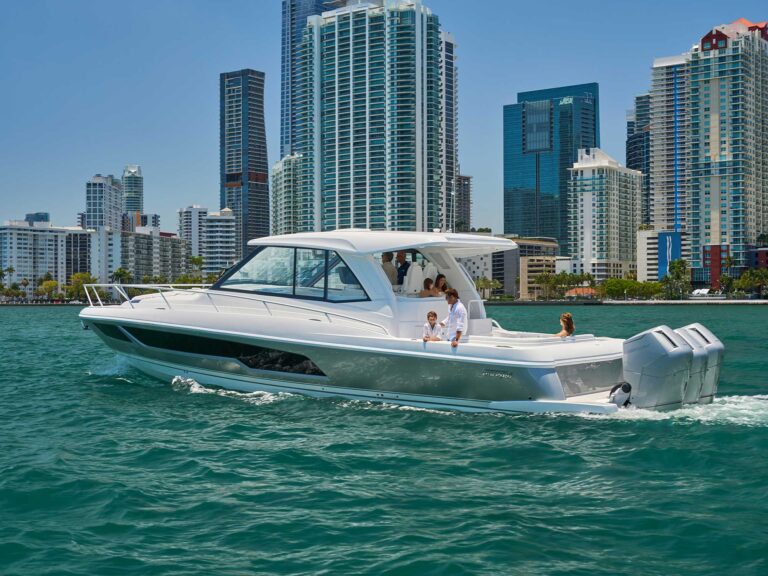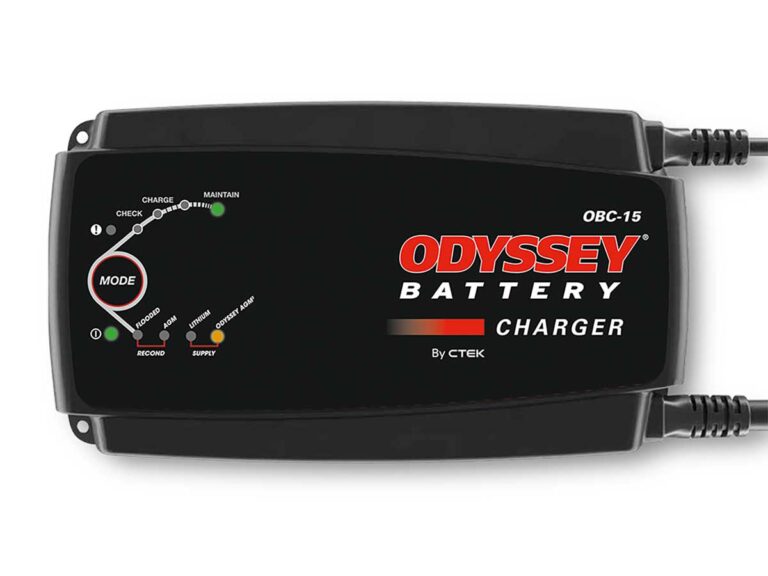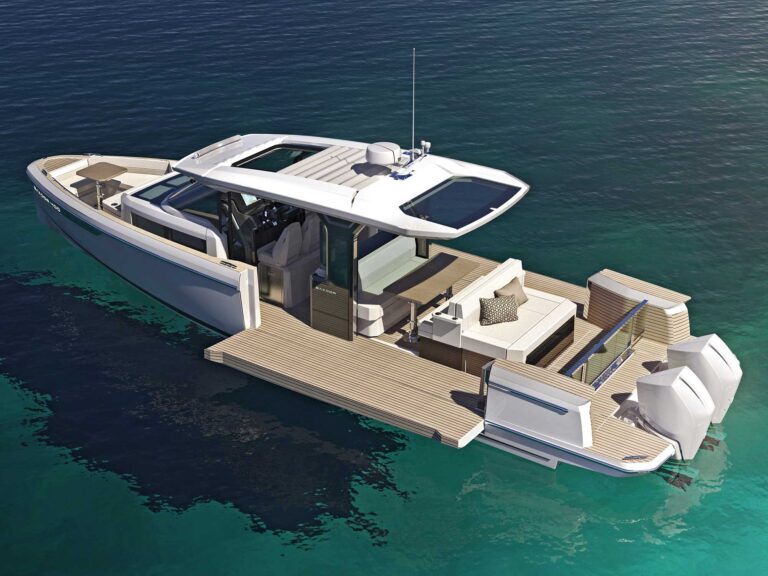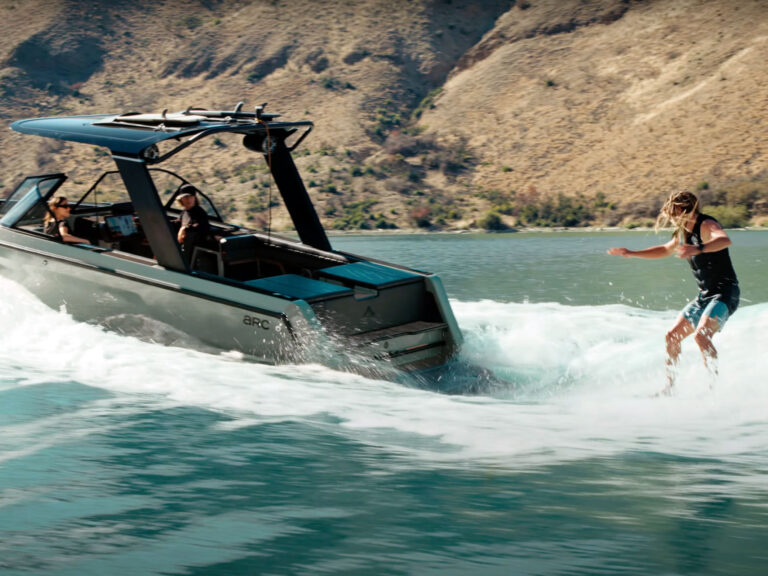One of the prerequisites of a good day of fishing is positioning yourself where the fish are biting. But once a boat’s motor is turned off, fine-tuning position is next to impossible. Enter the versatile trolling motor, a quiet, minimally sized wonder that allows for precision maneuvering. Here are three things to look for in your next trolling motor.
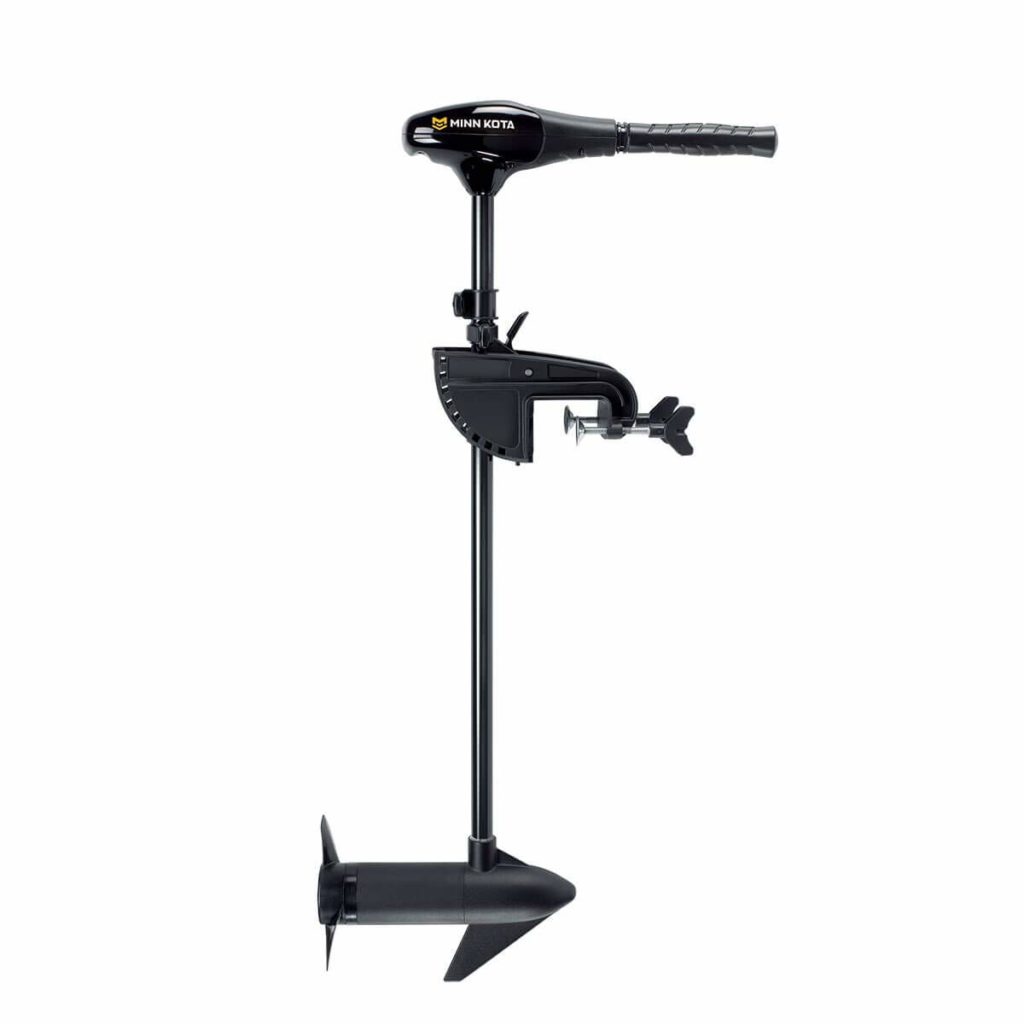
Adequate Thrust To Do The Job
Trolling motors must be powerful enough to not only move your boat through the water but also take into account gear or passenger load as well as the effects of wind or current. Compare motors by the pounds of thrust they generate. A 16’ boat may be able to get by with a motor that generates 40 pounds of thrust, while a 20’ will require nearly double that figure.
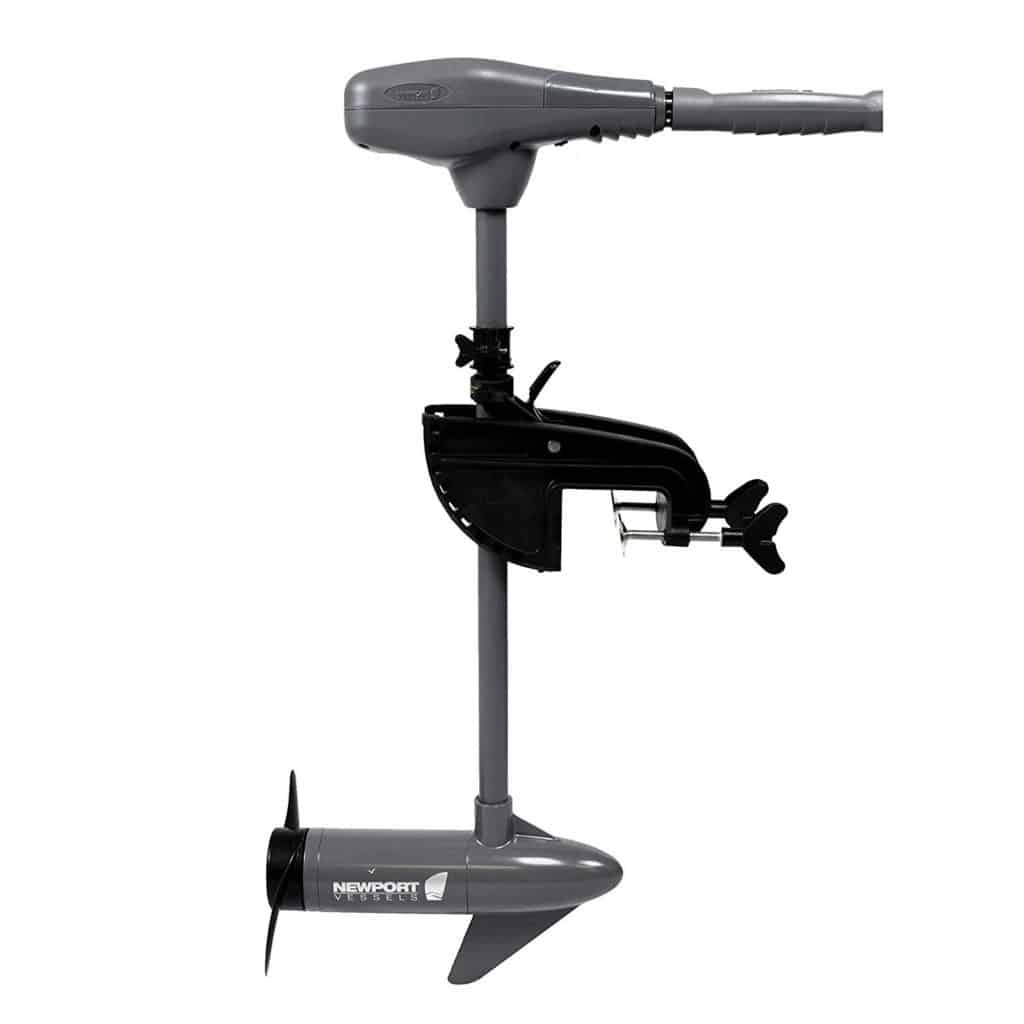
Voltage and Batteries
A relatively inexpensive, 12-volt trolling motor is fine for a small, lightweight boat (16’ and under), but anything larger will require a 24 or even 36-volt motor. The latter two choices will not only provide the adequate thrust, they’ll allow you to stay out on the water longer.

Bow vs. Transom Mounting Location…And Hand Or Foot Control
Where do you plan to be fishing from when using your trolling motor? The answer will determine whether you want a bow or transom mount. The latter will work on virtually any craft; bow mounts work best in conjunction with a bow fishing platform and will require a dedicated mounting bracket or plate.
Bow mount motors offer the flexibility of hand or foot control. Foot control frees up your hands at all times but does add to deck clutter.

